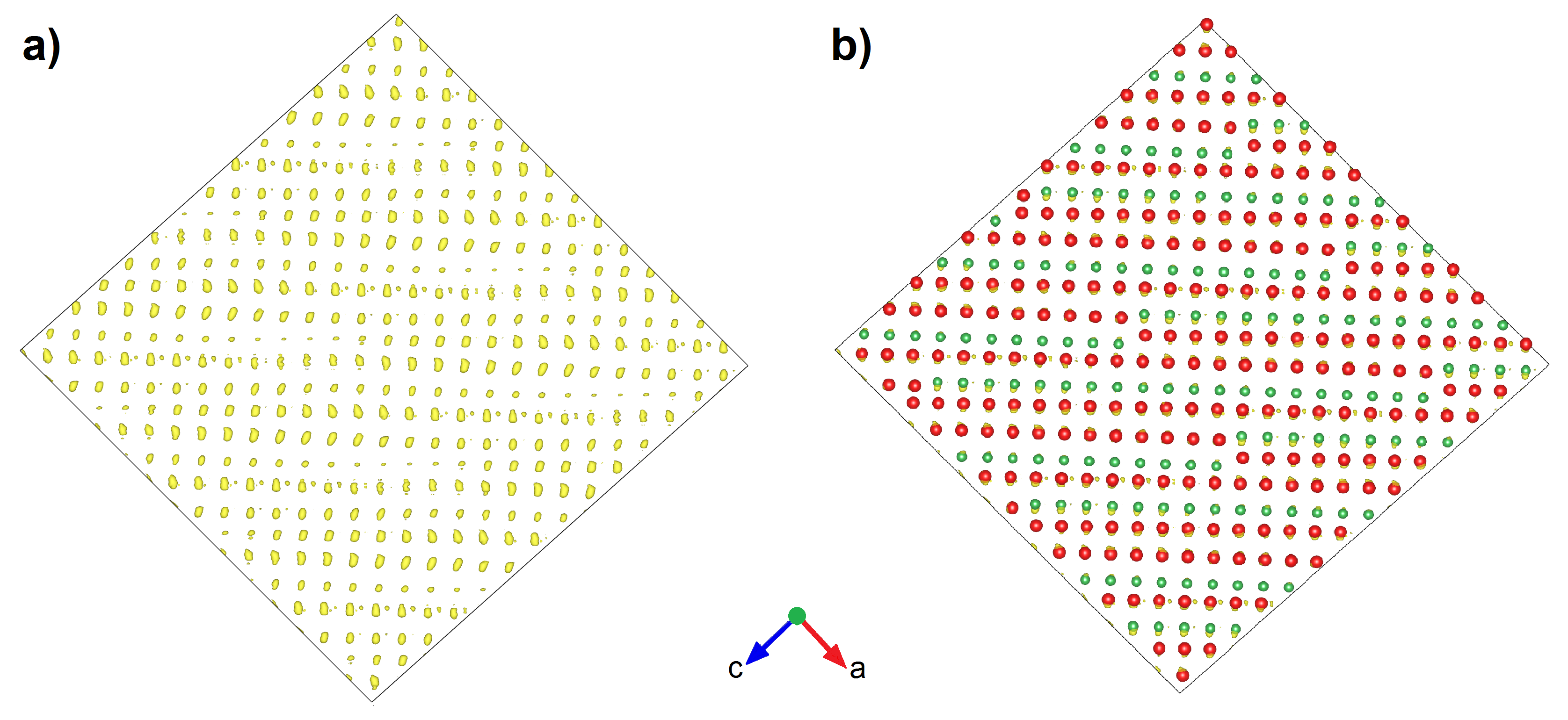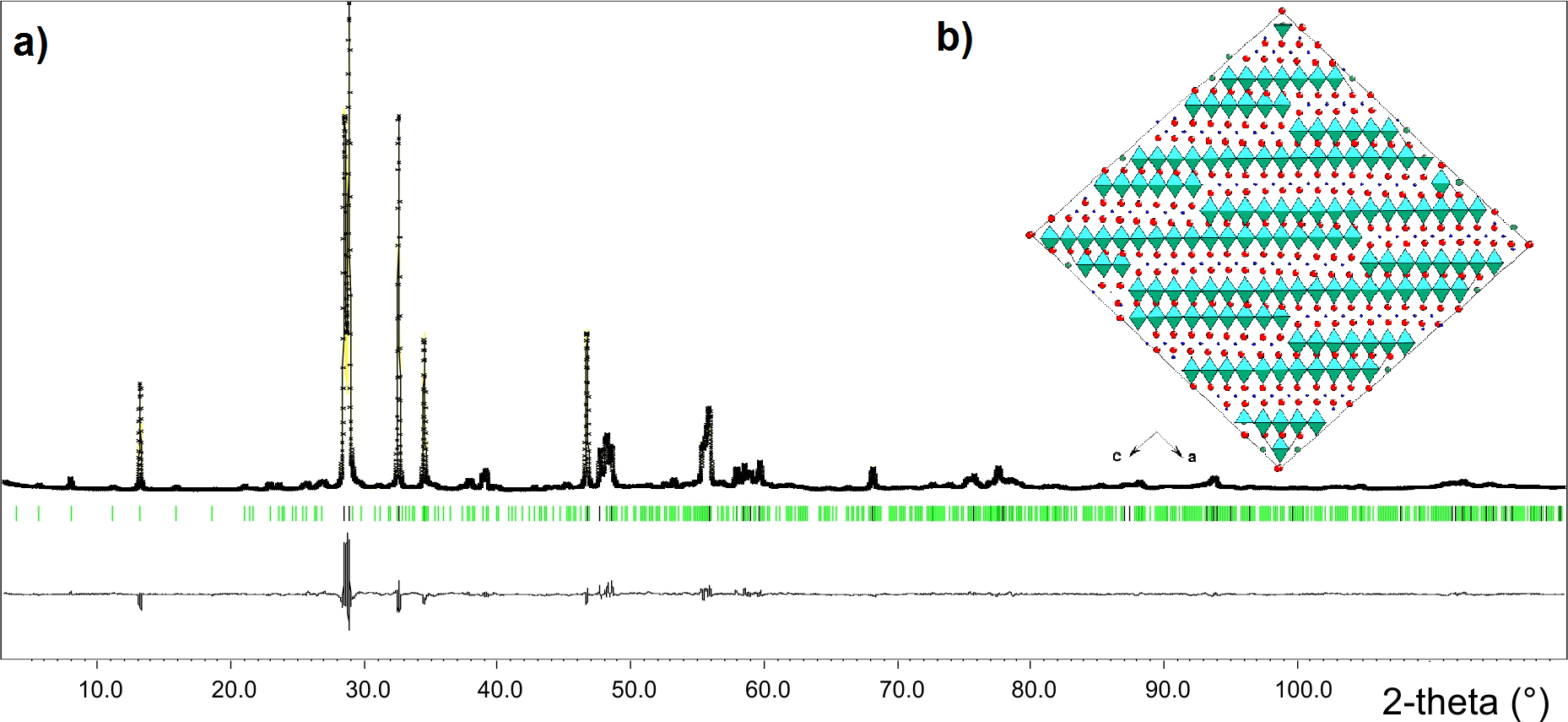IT-9-P-2149 Precession Electron Diffraction Tomography study of new materials derived from Aurivillius phases.
Oxides of the Aurivillius family (Bi2O2)2+(Am-1BmO3m+1)2- (A = Ca, Sr, Ba, Pb, … and B= Ti, Nb, W, …) have attracted constant interest in the solid state chemistry community considering both their complex layered structure and their wide range of potential applications. A large number of Aurivillius phases exhibit ferroelectric properties at room temperature and present structural distortions leading to predictable structures and space groups [1]. While their dielectric properties have been intensively studied over past decades, Aurivillius phases have recently proved to also present good potential as semi-conductor photocatalyst [2,3].
In the search for new ferroelectrics derived from Aurivillius phases, we recently found [4] a series of layered materials in the pseudo-binary system Bi5Nb3O15-ABi2Nb2O9 (A=Ca, Sr, Pb, Ba). Preliminary observations made by Transmission Electron Microscopy (Fig. 1) indicate that these compounds exhibit a complex incommensurately modulated structure. Following the procedure described in [5], a (3+1)D structural model was obtained using ab-initio phasing by charge flipping (Superflip) based on the analysis of Precession Electron Diffraction Tomography (PEDT) data (Fig. 2). The (3+1)D structure was further validated by a refinement against powder X-ray diffraction (PXRD) in JANA2006 (Fig. 3).
The new materials possess a layered Aurivillius-type structure with periodic crystallographic shear planes (CSP) leading to the formation of “collapsed” structures with discontinuous (Bi2O2)2+ slabs and perovskite blocks (Fig. 3b) quite similar to what is known in the high-Tc superconductors and related compounds [6]. It appears that the structural difference between the compounds of this series is the length of the collapsed layers, related to the evolution of the modulation vector with the cationic radius A.
Nevertheless, instead of “conventional” Aurivillius phases, where the possibility of non-stoichiometry is mostly limited to a partial substitution of A cations for Bi in the (Bi2O2)2+ slabs, the newly found compounds exhibit a wide compositional stability domain.
Our results define the contour of what appears as a new family of layered perovskite oxides and emphasizing the role of PEDT in the search for new materials.
[1] P. Boullay, G. Trolliard, D. Mercurio, J.M. Perez-Mato and L. Elcoro, J. Solid State Chem. 164 (2002) 252.
[2] H.H. Kim, D.W. Hwang and J.S. Lee, J. Am. Chem. Soc. 126 (2004) 8912.
[3] X. Chen, S. Shen, L. Guo and S.S. Mao, Chem. Rev. 110 (2010) 6503.
[4] G. Mouillard, Master 2 Recherche (2013) Université de Caen.
[5] P. Boullay, N. Barrier and L. Palatinus, Inorg. Chem. 52 (2013) 6127.
[6] M. Hervieu, M.T. Caldes, S. Cabrera, C. Michel, D. Pelloquin, B. Raveau, J. Solid State Chem. 119 (1995) 169.


